Today, October 11, the Vietnamese live hog market continued to decline in some northern and southern provinces, with an adjustment of 1,000 VND/kg. The Central Highlands and Central regions remained stable.

The North suffered a sharp decline that swept across 9 localities.
The Northern region was the epicenter of the fluctuations when the price of live pigs on October 11 decreased slightly by 1,000 VND/kg in many places. Tuyen Quang, Cao Bang, Quang Ninh, Bac Ninh , Ninh Binh, Phu Tho and Hung Yen all decreased by 1,000 VND/kg, currently purchasing at 53,000 VND/kg.
Lai Chau and Son La also adjusted down 1,000 VND/kg, bringing the price down to 52,000 VND/kg.
Thai Nguyen, Lang Son and Dien Bien kept the same price, continuing to trade at 53,000 VND/kg.
Hanoi and Hai Phong maintained the highest position in the region with 54,000 VND/kg.
Overall, the price of live pigs in the North fluctuates from 52,000 to 54,000 VND/kg, showing clear differentiation between provinces.
| Local | Price (VND/kg) | Fluctuation (VND/kg) |
|---|---|---|
| Prices in localities | ||
| Tuyen Quang | 53,000 | ▼1,000 |
| Cao Bang | 53,000 | ▼1,000 |
| Thai Nguyen | 53,000 | - |
| Lang Son | 53,000 | - |
| Quang Ninh | 53,000 | ▼1,000 |
| Bac Ninh | 53,000 | ▼1,000 |
| Hanoi | 54,000 | - |
| Hai Phong | 54,000 | - |
| Ninh Binh | 53,000 | ▼1,000 |
| Lao Cai | 53,000 | - |
| Lai Chau | 52,000 | ▼1,000 |
| Dien Bien | 53,000 | - |
| Phu Tho | 53,000 | ▼1,000 |
| Son La | 52,000 | ▼1,000 |
| Hung Yen | 53,000 | ▼1,000 |
The Central Highlands region is in a "motionless" state today.
In contrast to the North, the price of live pigs in the Central Highlands on October 11 was completely stable, without any change compared to yesterday. Thanh Hoa, Nghe An, Ha Tinh, Quang Tri, Khanh Hoa and Hue were stable at 52,000 VND/kg.
Quang Ngai, Da Nang and Dak Lak maintain the price at 51,000 VND/kg.
Gia Lai is still the locality with the lowest price at 50,000 VND/kg.
Lam Dong leads the region with the highest price of 53,000 VND/kg.
The price range of live pigs here is between 50,000 and 53,000 VND/kg, showing a stable balance between provinces.
| Local | Price (VND/kg) | Fluctuation (VND/kg) |
|---|---|---|
| Prices in localities | ||
| Thanh Hoa | 52,000 | - |
| Nghe An | 52,000 | - |
| Ha Tinh | 52,000 | - |
| Quang Tri | 52,000 | - |
| Hue | 52,000 | - |
| Da Nang | 51,000 | - |
| Quang Ngai | 51,000 | - |
| Gia Lai | 50,000 | - |
| Dak Lak | 51,000 | - |
| Khanh Hoa | 52,000 | - |
| Lam Dong | 53,000 | - |
Pig price today in the South decreased slightly in Can Tho
The Southern market also recorded slight fluctuations on October 11 with a decrease of 1,000 VND/kg in one locality. Can Tho decreased by 1,000 VND/kg, currently purchasing at 53,000 VND/kg.
Dong Nai, Tay Ninh, Ca Mau and Ho Chi Minh City maintained the level of 54,000 VND/kg.
Dong Thap purchases at 52,000 VND/kg, while An Giang is at 53,000 VND/kg.
Vinh Long continues to record the lowest price in the region at 50,000 VND/kg.
Therefore, the price of live pigs in the South fluctuated between 50,000 and 54,000 VND/kg, reflecting the diversity in the general market context.
| Local | Price (VND/kg) | Fluctuation (VND/kg) |
|---|---|---|
| Prices in localities | ||
| Dong Nai | 54,000 | - |
| Tay Ninh | 54,000 | - |
| Dong Thap | 52,000 | - |
| An Giang | 53,000 | - |
| Ca Mau | 54,000 | - |
| Ho Chi Minh City | 54,000 | - |
| Vinh Long | 50,000 | - |
| Can Tho | 53,000 | ▼1,000 |
Gia Lai strengthens livestock planning: Towards safe and sustainable production
According to the Agriculture and Environment newspaper, Gia Lai is drastically tightening the planning of pig farming to ensure safety and environmental protection. Specifically, breeding facilities must be built far from residential areas, not cause pollution and comply with disease safety measures, even in the household farming model.
Mr. Doan Ngoc Co, Deputy Director of the Department of Agriculture and Environment of Gia Lai, said that African swine fever broke out in the locality at the end of June 2025, affecting 23 communes and wards. However, thanks to the timely efforts of the functional sector, the epidemic situation has now been controlled. Currently, 22 communes and wards have gone through 21 days without recording any new outbreaks, with only one outbreak in Phu My commune still not passing this period.
Mr. Co emphasized: “The number of pigs that had to be destroyed during this epidemic was only about 1,100, a very small number compared to the total herd of more than 1.7 million pigs in the area. This is thanks to the drastic anti-epidemic measures from the authorities. As soon as the epidemic was detected, we immediately implemented measures to contain, control and suppress the epidemic, while strengthening sanitation, disinfection and sterilization of barns. Thanks to that, the epidemic did not spread, helping to stabilize the pig herd to prepare for the market at the end of the year.”
With African swine fever under control, Gia Lai is planning to re-raise herds in a safe manner to meet market demand at the end of the year and ensure economic targets are met as assigned by the province.
Mr. Co also shared: “Previously, pig farming in Gia Lai was oriented towards a safe model. We have made efforts to build many safe farming facilities and safe supply chains. Thanks to that, the outbreaks that occurred during this period were mainly in small-scale farming households that did not ensure biosafety. On the contrary, large-scale farming facilities that strictly followed biosafety measures were able to “avoid” the epidemic. After the epidemic, this direction has shown its effectiveness and has become an urgent requirement that needs to be implemented more widely.”
Gia Lai is determined to build a sustainable livestock industry, not only to protect animal health but also to contribute to environmental protection and ensure food safety for the community.
Source: https://baodanang.vn/gia-heo-hoi-hom-nay-11-10-chuoi-domino-sut-giam-can-quet-9-tinh-mien-bac-3306000.html



![[Photo] General Secretary attends the parade to celebrate the 80th anniversary of the founding of the Korean Workers' Party](https://vphoto.vietnam.vn/thumb/1200x675/vietnam/resource/IMAGE/2025/10/11/1760150039564_vna-potal-tong-bi-thu-du-le-duyet-binh-ky-niem-80-nam-thanh-lap-dang-lao-dong-trieu-tien-8331994-jpg.webp)
![[Photo] Ho Chi Minh City is brilliant with flags and flowers on the eve of the 1st Party Congress, term 2025-2030](https://vphoto.vietnam.vn/thumb/1200x675/vietnam/resource/IMAGE/2025/10/10/1760102923219_ndo_br_thiet-ke-chua-co-ten-43-png.webp)

![[Photo] Opening of the World Cultural Festival in Hanoi](https://vphoto.vietnam.vn/thumb/1200x675/vietnam/resource/IMAGE/2025/10/10/1760113426728_ndo_br_lehoi-khaimac-jpg.webp)



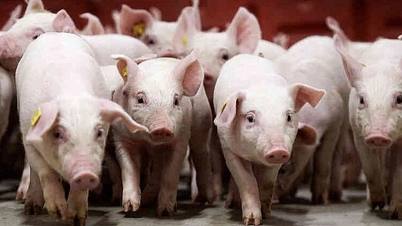
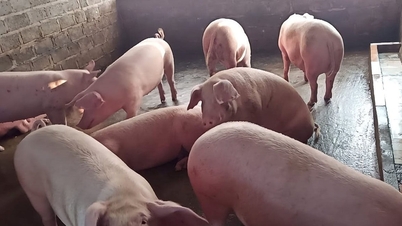
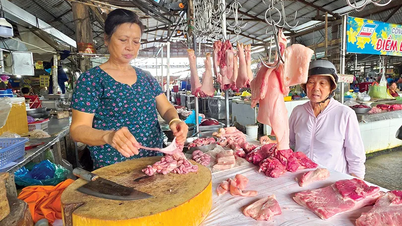

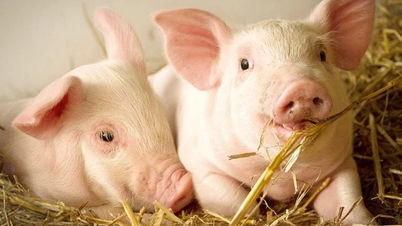
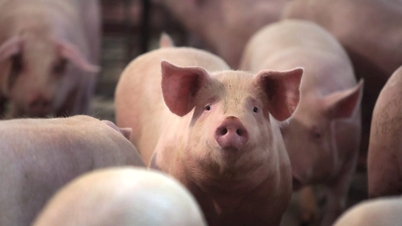






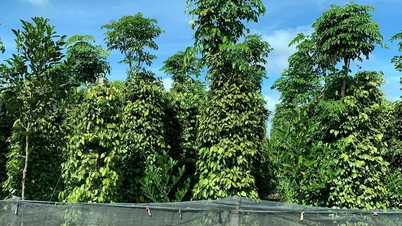








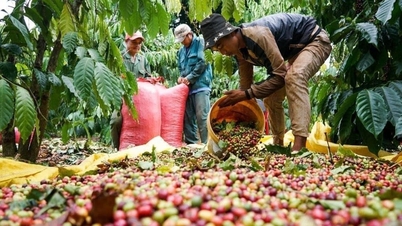

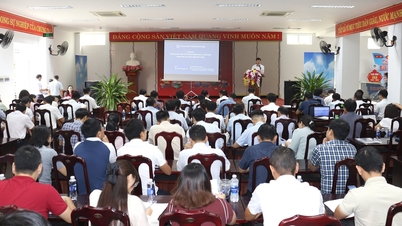
































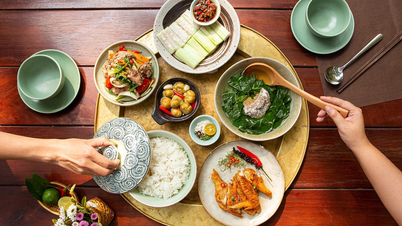












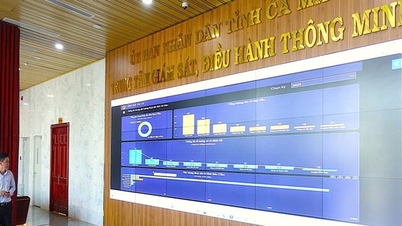
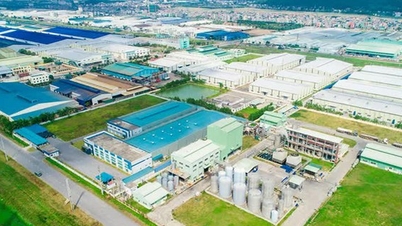





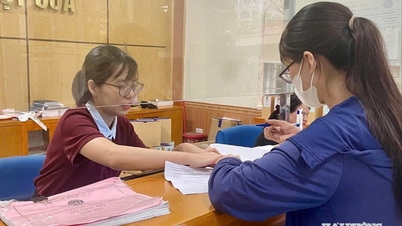

















Comment (0)